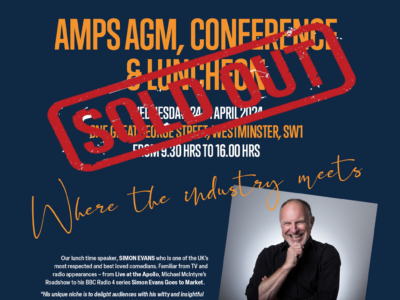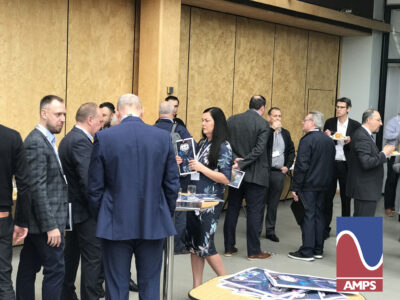Envisioning the future of energy production is, like many areas of prediction, very often overtaken by facts on the ground. There was a time, c. 50 years ago, when the future seemed to hinge on the construction of colossal power plants reliant on nuclear or fossil fuels.
The next wave of optimism and hype hung on the much anticipated but, to date, underperforming field of hydrogen technologies. These are still being invested in and developed, and are a particular focus for some car manufacturers, however, scientific consensus on climate change in developed economies has changed considerably in the meantime, causing planners to effectively abandon their former models. Centralized power production using fossil fuels or nuclear technology in largescale plants is no longer a vision of the future that climate change scientists, regulators and growing majorities of voters buy into.
As the future of power production is moving away from centralized models, it is turning instead toward distributed energy resources and even much smaller individual energy producers. Decentralized or distributed generation typically uses renewable energy sources or cogeneration to create cleaner, cheaper power for small clusters of users. As these smaller clusters have grown exponentially, regulatory change and technological advancement is playing a catch-up game in respect of linking up these independent sources into main grids. A fully synchronized future can only be realized through sustained development of innovate power generation equipment and continued innovation in digital IIoT solutions for the industry. In essence, a combination of IIoT digitalization and engineering advances will underpin the so-called Internet of Energy coming into being.
ON DEMAND. POWER GENERATION ON DEMAND (EAAS MODEL)
It may be some time before there is large scale ‘independent’ Internet of Energy. In the meantime, however, the transformation of energy from commodity to a service is already underway. Energy production today can begin with something as small as a mini-scale solar panel on a single barn roof. That said, the growth in mid-scale producers – energy sources supplying the grid with considerable amounts of power from distributed generation networks at peak times – is where the real growth and probable opportunity lies. Small, medium or large, however, the service model is essentially the same: decentralized power generators can now supply grids with electricity. The markets are gradually opening up to both commercial ventures and smaller private producers, and to groups whose own power generation is creating an excess they themselves cannot use.
Shifts in regulatory and service model thinking have encouraged more sizeable peak-time producers onto the energy production markets. They typically link up their own power generation sources or connect conglomerates of smaller producers to feed the grid when energy prices rise as peak times. This market development was made possible by the advent of creative digital IIoT solutions and the development of large-scale power storage networks. These allow for replenishing of energy stores at off peak times (and at off-peak prices) and so ensure a reliable supply at times of greater demand.
ESSENTIAL ENERGY
Unlike other areas of IIoT application, energy production and storage are not just opportunities for investment. Energy production and regulation are closely tied into the future of our planet. IIoT innovations and integration solutions are essential if the disparate renewable and clean energy sources are to play the kind of role essential in impacting climate change in a positive way. An Internet of Energy will require centralized control over myriad decentralized systems and even individual providers using discrete technologies and power generation or storage sources. The technological challenges may be huge, but they are not insurmountable, as the success of engineering and IIoT experts like relayr are proving time and again. Many of the fundamental hardware technologies for the future are in fact already in place. Middleware data processing platforms and artificial intelligence software are also currently enabling discrete providers to enhance and expand their exiting capabilities in an increasingly joined-up and ambitious industry.
SO, WHAT WE CAN DO FOR YOU?
Every great journey starts with choosing a great companion. It’s the same with your IIoT journey. Success hinges on building the most effective strategy possible and making the right choices as you move through all the phases. We did it in the past. With great amount of use cases and pilots for various industry – we’re young but very experienced company. But it’s not about us, it’s about power generation industry. So, check more stories at www.relayr.io and let’s start IIoT journey together.


